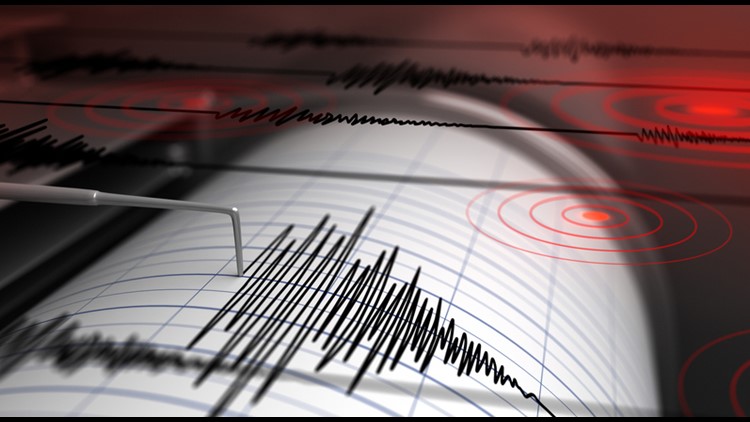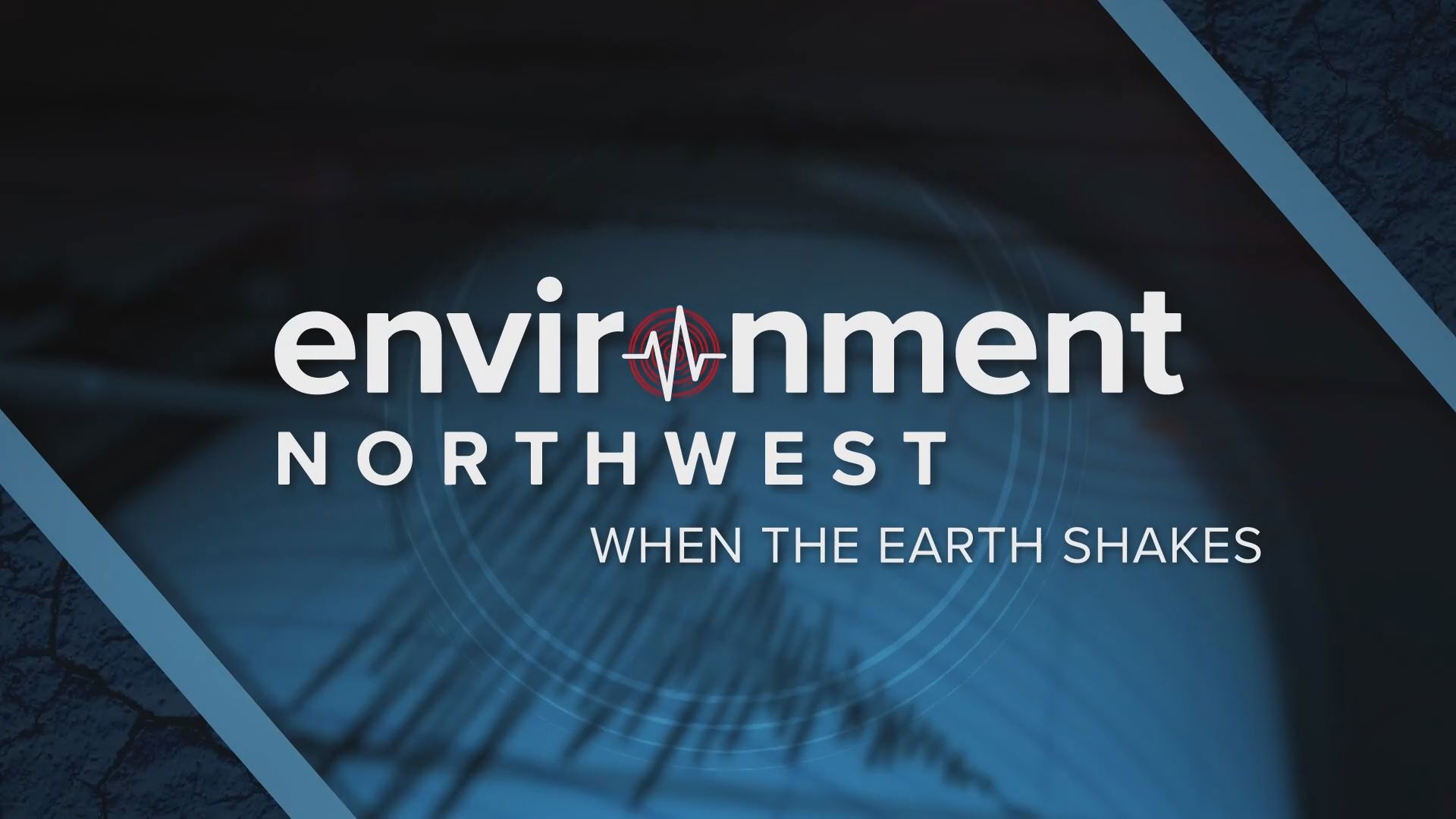A series of small earthquakes near Mount Rainier Wednesday night triggered ShakeAlert, the earthquake early warning system for the West Coast.
While ShakeAlert is not available to the public yet, it will be soon, and Wednesday's quakes provided a good test for the system.
Mount Rainier is more than 14,000 feet high and is considered one of the most dangerous volcanoes in the world because of its proximity to a large urban population. So scientists monitor Mount Rainier closely.
The ShakeAlert warning system went off around midnight when the largest of the earthquakes hit. While the system, which launched a year ago, is still under evaluation before its public rollout, it correctly predicted the earthquake wasn't going to cause shaking in Seattle.
"It definitely builds confidence in the system and makes us very excited that this is going to be a very valuable service in the Pacific Northwest," said Mouse Reusch, who coordinates the ShakeAlert system at the University of Washington.
Wednesday's magnitude 3.0 that triggered ShakeAert was the biggest of six small quakes detected in the last 48 hours northwest of the mountain. But when ShakeAlert goes public, they'll probably make it less sensitive.
"We're looking at a possible minimum threshold of 4.5 (magnitude), for the actual rollout that we're trying to do this year," said Reusch.
So far, in the Northwest, the system has accurately tracked about a dozen smaller quakes in the past year.
ShakeAlert covers Washington, Oregon, and California. Eventually, people will be able to download an app on their mobile phones.
So are the small quakes a sign that Mount Rainier is building toward an eruption?
In short, no. The quake was only seven miles deep and that tells seismologists that the quake was not caused by magma. The quake happened in the crust relieving pressure near the surface, not the interior of the volcano.
How much warning the system will give will depends on where you are. If you are on top of the epicenter of the earthquake, you're not going to get any warning. But the farther you are away, the more warning you get. In fact, the system will estimate how much time, to the second, you have before the shaking starts.



